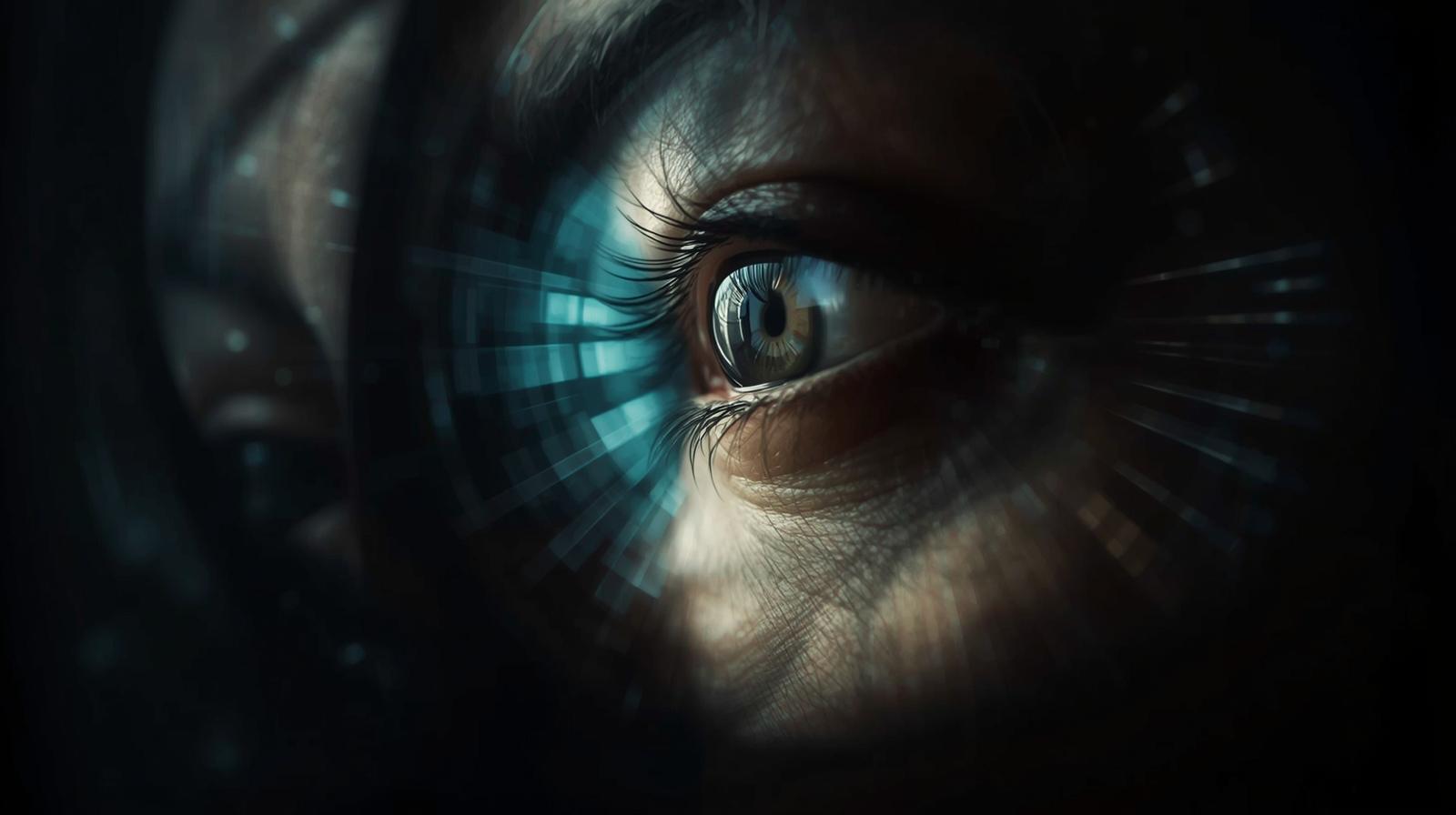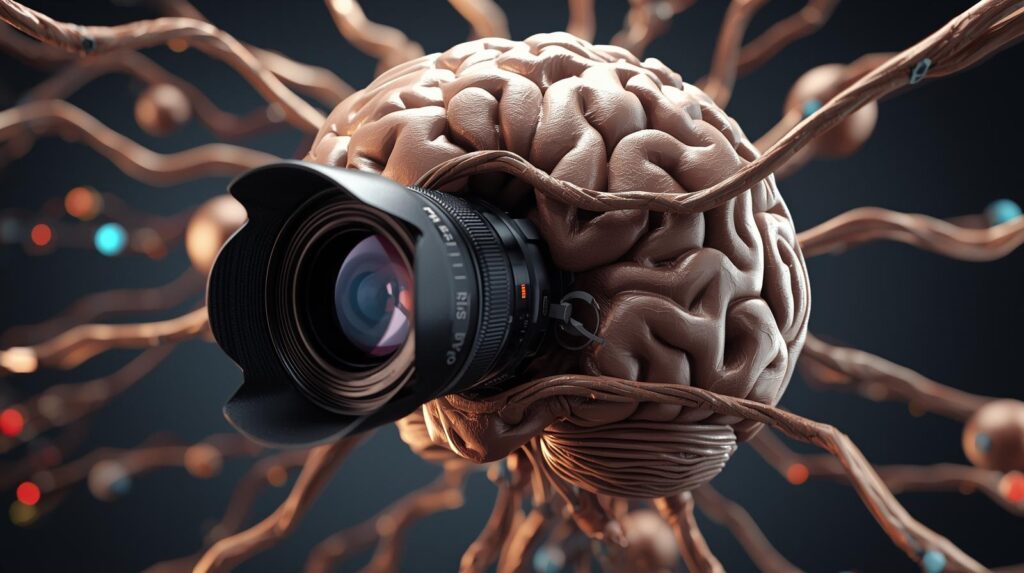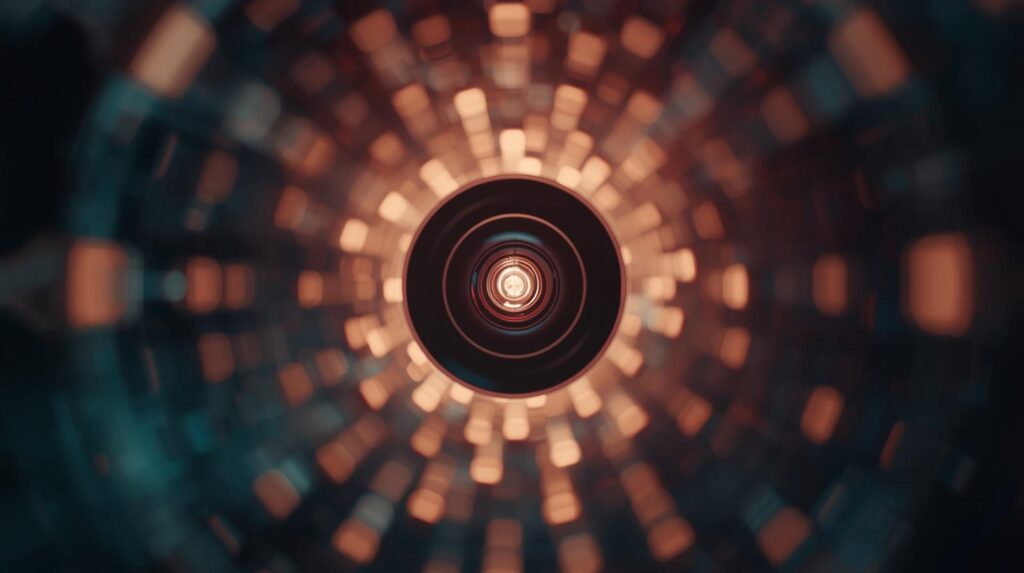Aligned Thought

Why is simplicity important in translating the multi-layered and sufficiently complex mind into language, which is a linear system? Could what is perceived as “simple and clear” actually be the slow and calm movement of aligned thought? What does it mean to have Aligned Thought?
Actually, what we think of as simple doesn’t mean cheap. Actually, simplicity in language is a translation, not a reduction. It’s a simple waveform that reduces density. We need language to help us think. What language needs most is for thought to organize itself. We might call this an economy of cognitive energy.

Let’s think of the camera as the eye and the camera lens as perception. If our mind is a camera, we have the ability to “zoom in.” Thought alignment is the smart transition system of brain health. It’s the key to transitioning intelligently and not getting stuck. Just as there’s a certain control system for entering or exiting a place, the brain’s permission card is also embedded in the smart transition system. Thought alignment is the trigger for the go-ahead command. Every misaligned thought creates mental nausea in the short term.
In camera systems, the feature we call ROI (Region of Interest) allows for high-quality focus on a selected area only. The portion of the image outside the area of interest is not recorded. In this way, the image is compressed and focused on the relevant area. The human mind is like a camera system. That is why, selecting a subject, adjusting the focal point, and ignoring areas outside the area of interest are crucial for aligning our thoughts, bringing order and clarity to them.

Aligned Thought: High Quality Image
In global imaging technology, cameras have a feature called DORI Distance which allows us to detect, observe, recognize, and recognize. It is a standard video surveillance function that allows us to distinguish between people and objects within a selected area. It is quite striking that these four words—seeing, detecting, and distinguishing—refer to the processing and prioritization of data or information.
A study by Frank Scharnowski of the University of Zurich revealed that information is processed in two stages. First, the unconscious stage occurs. Our brain processes specific features of the object, such as color or shape. It analyzes this information semi-continuously and unconsciously with a very high time resolution. In the second stage, after the unconscious stage is completed, all the brain’s features simultaneously rise to the conscious level. This creates a final image, and we become aware of it.
However, the entire process from unconscious perception to conscious perception takes about 400 milliseconds. This is a significant delay for the brain. Because our brain wants to give us the best, clearest information it can, we are unaware of this unconscious processing. Otherwise, it would be confusing enough.

https://contentdiving.com/2024/08/27/decision-economy/
According to Mihaly Csikszentmihaly, the best state of inner experience is one in which there is order in consciousness. This occurs when attention and awareness are invested in realistic goals and skills are matched with stimulating opportunities. This psychologist, the pioneer of flow theory, demonstrated how the mental clarity and focus everyone needs today create a moment of enlightenment as the flow of state.
Aligned Thought : Perspective Vessel

The mind craves order and ordered mind is equal to Align Thought. In similarly, we are perspective vessel in a subjective reality. Reality is perspective and we are a perspective vessel that we can expand and collect new perspectives for it. Like lenses of a camera for how we percieve the world.
In a particular, perception is a lens that is composed of some form of a belief system that shapes how we percieve certain situations. Cleary, we are all lenses from which we can view situaitons from, and we are not meant to become static or a part of us. We are supposed to be shape shifter in reality, to be able to bend it to our will. Our self-image influences our perspective or worldview and how we perceive situations from that perspective. https://youtu.be/r1LI1-K08II?t=298
On the other hand, our mind is a meta-system. A meta-system is a perspective mechanism consisting of acting, perceiving, comparing, and understanding. Therefore, the alignment of thought is the most important investment tool in the decision-making and attention economy. As Antonio Damassio points out, the human mind’s decision-making process is driven by the consensus of cortical columns and the matching of previously stored, familiar information and patterns. (You can see the article on the subject: Decision Economy.)
As a result, we know today that split focus is costly and likely to cause mental fog. Today, with everyone emphasizing attention efficiency and the need to manage the mind’s energy, this has become a prominent topic in this complex and multi-stimulus world.


